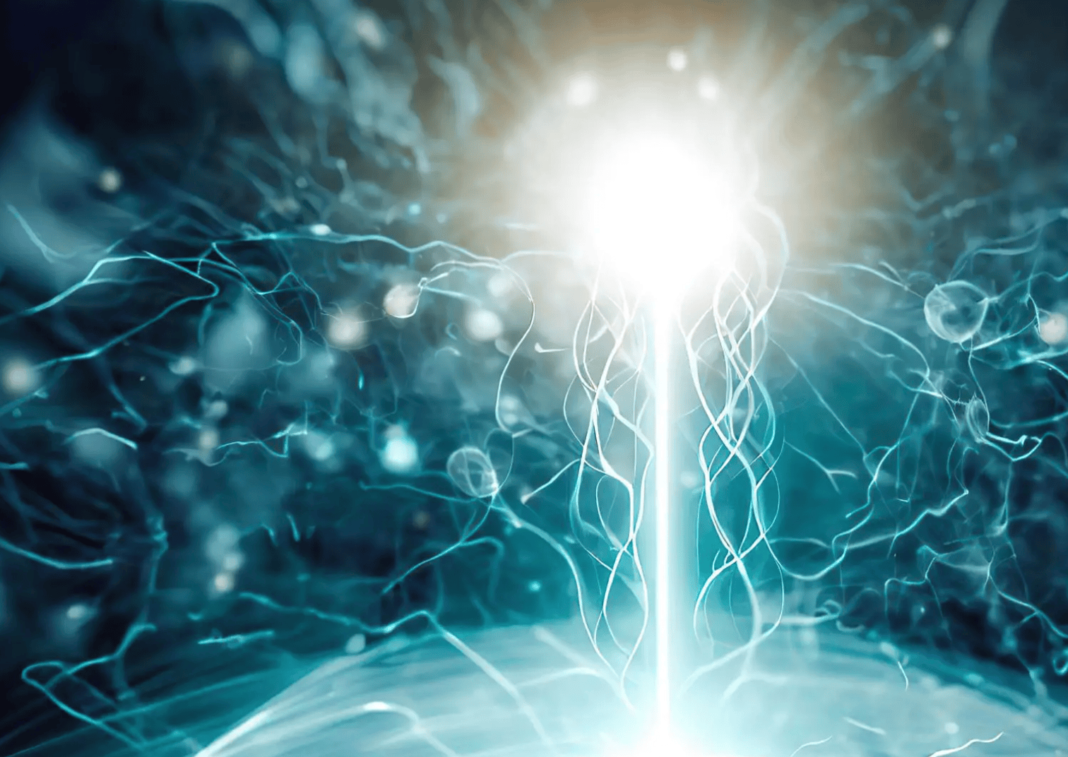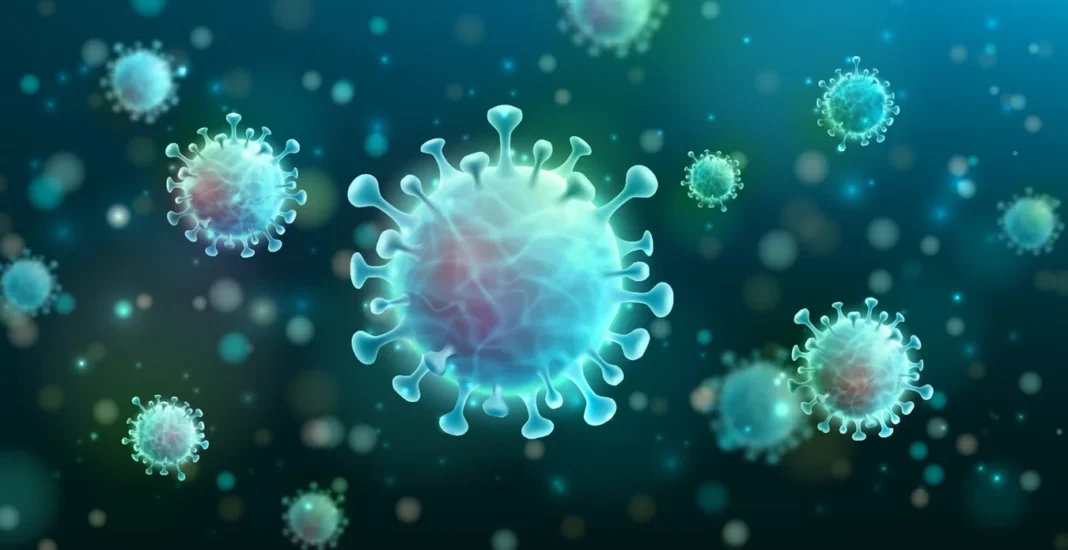Researchers at the University of Massachusetts Amherst have made a groundbreaking discovery, revealing that virtually any material can be transformed into a continuous electricity-harvesting device from atmospheric humidity. By incorporating nanopores smaller than 100 nanometers in diameter, these engineers have unlocked the potential to generate clean electricity from thin air. This exciting research, published in the journal Advanced Materials, paves the way for a future in which ubiquitous clean energy is available everywhere.
Harnessing the “Air-gen Effect”:
Xiaomeng Liu, the lead author of the paper and a graduate student in electrical and computer engineering at UMass Amherst, expressed their enthusiasm, stating, “We are opening up a wide door for harvesting clean electricity from thin air.” According to Jun Yao, the senior author and assistant professor of electrical and computer engineering, the atmosphere contains an immense amount of electricity. By considering clouds, which consist of charged water droplets, the researchers drew inspiration to develop a human-made, small-scale cloud that consistently and predictably produces electricity.
The key lies in what Yao and his colleagues have termed the “generic Air-gen effect.” This effect builds upon their previous work in 2020, where they demonstrated the continuous harvesting of electricity from the air using a specialized material composed of protein nanowires generated by the bacterium Geobacter sulfurreducens. Subsequently, they realized that the ability to generate electricity from the air, known as the Air-gen effect, is not limited to a specific material but rather a particular property: having nanopores smaller than 100 nm.
The Role of Nanopores:
The mean free path, which represents the distance a water molecule in the air can travel before colliding with another water molecule, is approximately 100 nm. Recognizing this parameter, Yao and his team designed an electricity harvester based on this principle. They created a thin layer of material filled with nanopores smaller than 100 nm, allowing water molecules to pass from the upper to the lower part of the material. Due to the small size of each pore, the water molecules collide with the pore’s edge as they traverse the thin layer. Consequently, the upper part of the material accumulates more charge-carrying water molecules than the lower part, establishing a charge imbalance akin to that observed in a cloud. This ingenious concept effectively creates a battery that operates as long as humidity exists in the air.
Advantages and Future Prospects;
Yao emphasizes the simplicity and novelty of this idea, noting its vast potential for diverse applications. With the flexibility to utilize various materials, cost-effective and environment-friendly fabrication becomes feasible. Moreover, unlike other renewable energy sources such as wind or solar, which are dependent on specific conditions, the electricity harvester powered by humidity operates continuously regardless of time, weather, or location. This 24/7 functionality opens up new possibilities for clean energy availability.
Additionally, due to the three-dimensional diffusion of air humidity and the minuscule thickness of the Air-gen device, thousands of these devices can be stacked on top of each other, exponentially increasing energy generation without occupying significant space. A network of Air-gen devices holds the potential to deliver kilowatt-level power, making it suitable for widespread electrical utility usage.
The University of Massachusetts Amherst research team’s discovery of harvesting electricity from air humidity through nanopores represents a significant breakthrough in clean energy generation. Supported by esteemed institutions such as the National Science Foundation, Sony Group, Link Foundation, and the Institute for Applied Life Sciences (IALS) at UMass Amherst, this research opens doors to a future world where clean electricity is universally accessible. The possibilities are limitless, with potential applications in various environments, contributing to human health
- Can energy be pulled from the air?
Yes, energy can be extracted from the air through innovative technologies. One such breakthrough discovery has been made by engineers at the University of Massachusetts Amherst. By utilizing nanopores smaller than 100 nanometers in diameter, they have developed a method to continuously harvest electricity from atmospheric humidity. This remarkable achievement demonstrates that almost any material can be transformed into a device capable of extracting energy from the air.
- How can we generate electricity through air?
Electricity can be generated from the air using a revolutionary approach called the “Air-gen effect.” Researchers have found that if a material possesses nanopores smaller than 100 nanometers, it can create a charge imbalance when water molecules from the air pass through these tiny pores. By designing a thin layer of such material and allowing water molecules to collide with the edges of the nanopores, an electrical charge is generated. This concept mimics the charge accumulation observed in clouds, effectively producing a battery-like system that continuously generates electricity from atmospheric humidity.
- Is it possible to have electricity in the air?
Yes, it is indeed possible to have electricity present in the air. The atmosphere contains an abundance of electrical energy, with water molecules carrying charges. While capturing electricity directly from lightning, for example, remains a challenge, researchers have discovered a way to reliably and continuously harness electricity from the air. By leveraging the “Air-gen effect,” which involves creating nanopores smaller than 100 nanometers in a material, it is now feasible to extract electricity from the humidity in the air.
- Can you harness atmospheric energy?
Absolutely! Harnessing atmospheric energy is becoming a reality with advancements in technology. The development of the “Air-gen effect” enables the extraction of electricity from atmospheric humidity. By using materials with nanopores smaller than 100 nanometers, it is possible to create a charge imbalance when water molecules in the air interact with these pores. This breakthrough allows for the continuous harvesting of electrical energy from the atmosphere, offering a promising avenue for clean and sustainable power generation.











